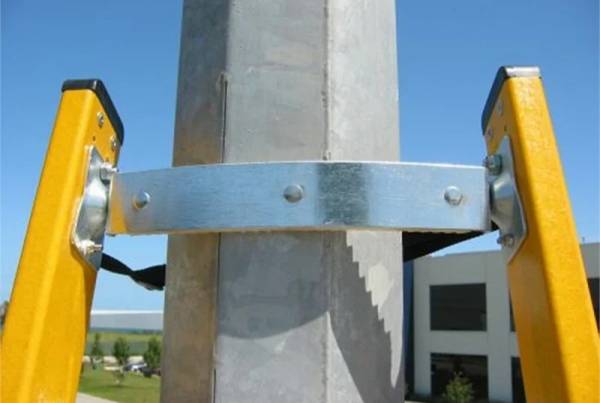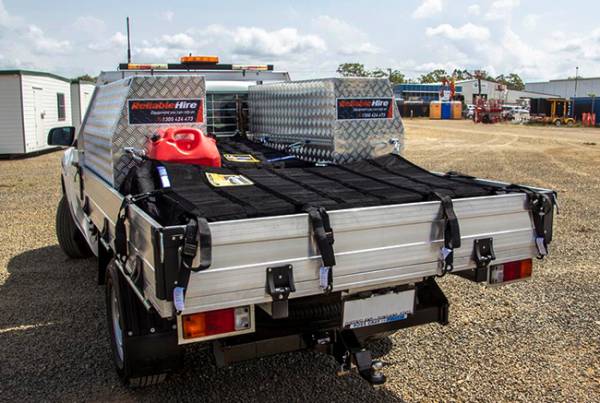
From June 2003 to June 2011, Safework Australia recorded 37 worker deaths following a fall from a ladder. Four of these workers were employed as painters. As with any occupational fatality, these deaths could have been prevented had strict ladder safety measures been followed.
As trusted suppliers of construction equipment and ladders in Brisbane, our team at Vetner understands and values the importance of working around this tool safely. Ladders make painting easier; however, lack of experience and adequate measures to efficiently use this equipment while carrying out a painting project can lead to more than just paint spills, but also a trip to the emergency room. This is why it’s important to be aware of and adhere to various safety practices when using ladders for painting.
Here are tips to minimise the likelihood of ladder-related accidents while painting.
Before the Project
- Choose the right ladder. The importance of picking the right equipment cannot be underestimated. Step platform ladders are ideal for interior painting jobs, while Werner extension ladders are good for the outdoors. Before proceeding with the job, ensure the height and length of your ladder enables you to reach the areas you’d like to paint; otherwise, you might be better off with a scaffolding or a lift. Also find out the maximum weight load for the ladder you’ve chosen.
- Check the condition of the ladder before use. Examine the equipment and make sure nothing’s cracked, bent or broken. The steps must also be secure and be free of paint, oil or any slippery substance. If the equipment is already unsafe, be sure to label it and mark it as defective so others will be aware.
While at the Site
- Erect the equipment properly. Correct positioning is important for a safe and efficient painting task. Set the base of the ladder one foot from the wall for every four feet of height.
- Clear the surrounding area from any clutter. Ensure that no electrical cords are close to the area where you’ll be painting. If you’ll be painting in front of a door or any high-traffic area, it’s advisable to put up a sign or barriers to keep people from suddenly barging in or knocking you off.
- Use the right support. One report shows that more than 78 per cent of ladder injuries result from using make-shift ladder support instead of quality levellers. Don’t risk injury by skimping on safety tools. Invest in a quality leveller to keep the base secure especially when painting in areas with uneven ground.
- Don’t bring the can or other tools while going up or down. One mistake painters do when performing the job is carrying paint cans and other tools in their arms while going up and down. This may distract you and affect your balance. It would be better if you have the paint can and other tools hoisted up to you. You can also use a tool belt so you can maintain your three points of contact (two feet and one hand when working, or two hands and one foot when climbing).
- Don’t overreach or overstretch. Don’t attempt to paint hard-to-reach areas by overstretching or leaning away from the ladder as this can lead to falls. Instead, it would be better if you climb off and reposition it.
Ladders are a must-have equipment in painting jobs. However, they must always be used with safety in mind. Being cautious and prepared will not only ensure you finish the task efficiently but safely as well. So the next time you tackle a painting job, keep the above tips in mind. Aside from following the safety measures above, it also pays to get the best equipment from reliable suppliers, like Vetner – Australia’s trusted ladder shop. We carry a wide range of ladders from the best brands including Gorilla, ClimbMax, Branach, Ladamax and Bailey ladders online.



